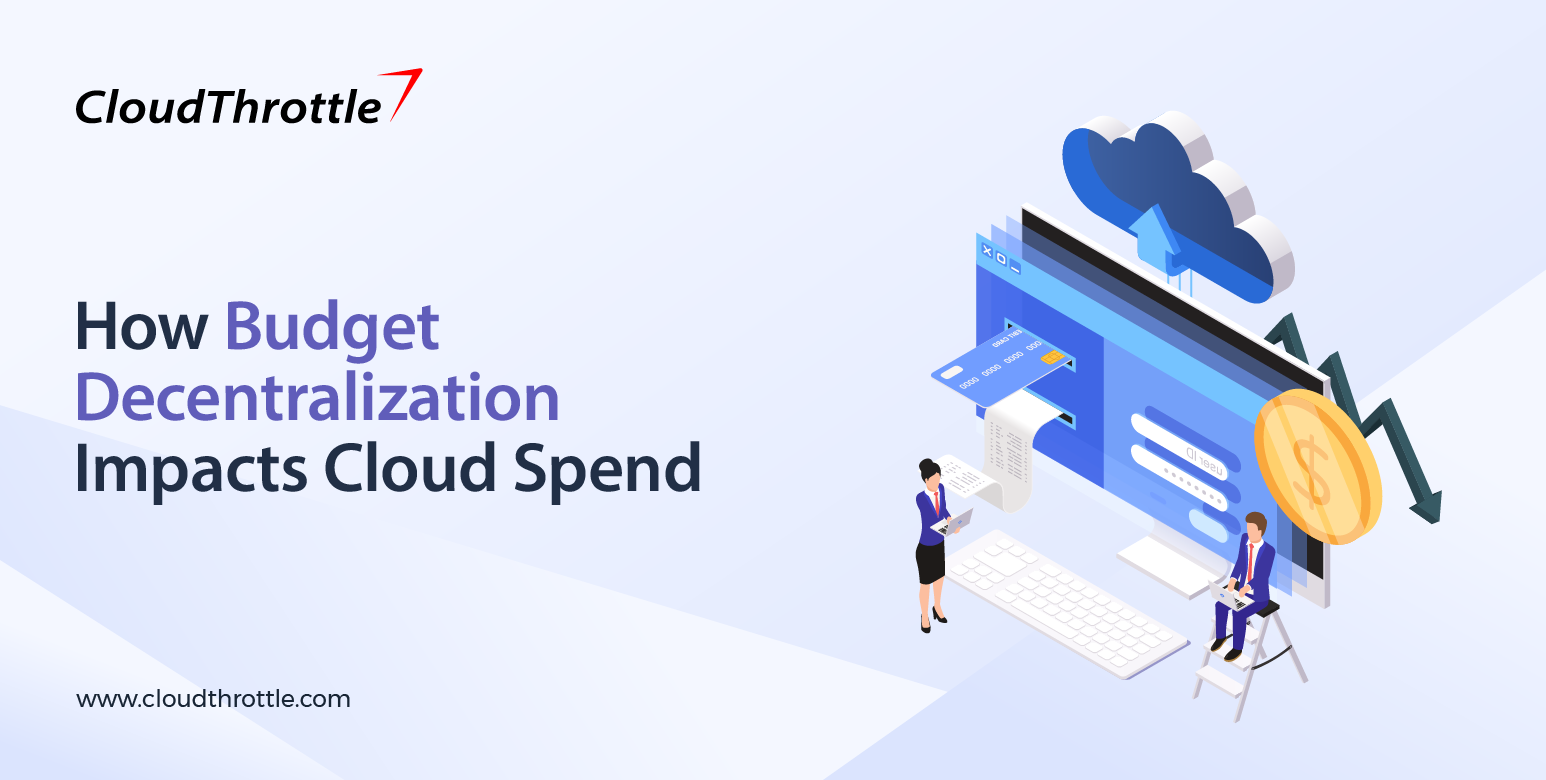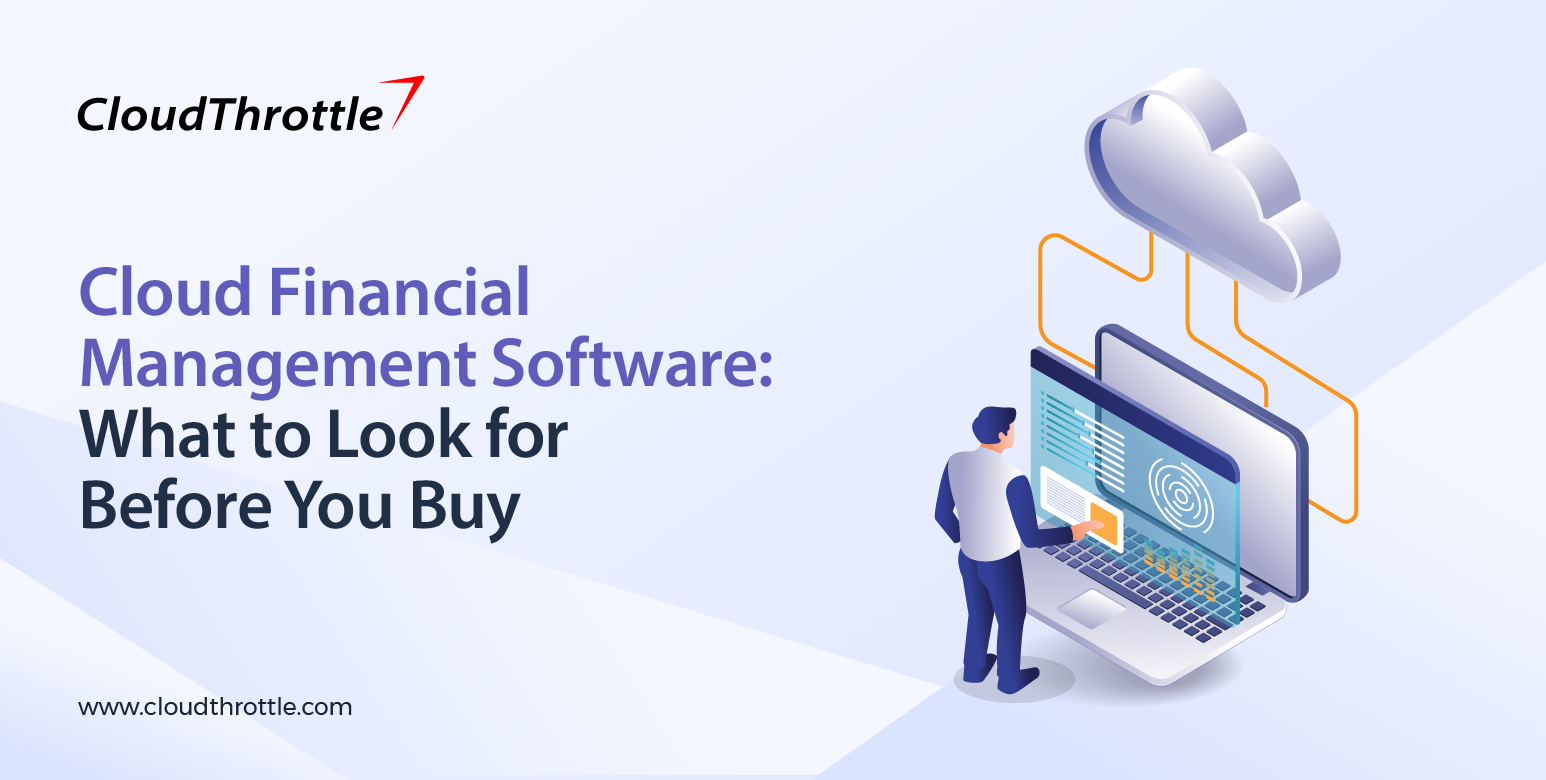Over 60% of organizations cite cloud cost control as a top concern, yet few realize that decentralization of budget ownership is often the silent contributor to unexpected cloud overspend. If your teams are facing fragmented ownership of cloud budgets, read on to understand how that structure quietly drives up cloud spend.
Read further to grasp how decentralization reshapes cloud financial accountability and alters the foundation of cloud cost management.
What is Budget Decentralization in Cloud Contexts?
The Shift from Central IT to Distributed Ownership
The move from centralized IT to cloud-first adoption has allowed individual business units to make independent decisions about infrastructure. These teams no longer wait on procurement or centralized ops. They directly provision computing, storage, and services using pay-as-you-go models. While this enables greater flexibility, it can reduce visibility and complicates oversight.
Budget Control Now Lies with Multiple Teams
When finance grants cloud budgets to each business unit, the hope is that local ownership will lead to better decision-making. However, when technical and financial fluency do not intersect, decentralized control can result in duplication and inefficient allocations. Teams manage spend in silos and rarely consider how their local optimizations affect the organization as a whole.
Where Budget Decentralization Disrupts Cloud Cost Management
Here are the areas where decentralization directly interferes with structured and measurable cloud cost management:
Disjointed Visibility Limits Control
Individual teams may rely on their own dashboards and monitoring tools. Without a unified view, cross-functional leadership cannot make comparisons across workloads or prioritize cost optimization initiatives. This fragmented visibility erodes collective insight and removes the ability to link cost to output.
Cloud Spend Decisions Are Detached From Strategy
Business goals and infrastructure spend must align. In decentralized models, the technical teams may not participate in strategic budget meetings. Strategic roadmaps evolve while technical infrastructure decisions remain static or misaligned. This isolation makes cost governance more reactive than proactive.
Cost Ownership Is Distributed but Not Always Accountable
Budget owners may not fully understand how their decisions ripple through the billing layers of their cloud platform. Teams may provision resources for long-running workloads without cost projections. Billing alerts get ignored, and cleanup efforts are deferred. Without financial accountability integrated into technical workflows, spend continues without scrutiny.
Inconsistent Tagging Practices Break Down Reporting
Tagging policies often fail to scale across departments. One team may use environment-based tags, while another uses project-centric ones. These inconsistencies disrupt reporting pipelines and hinder cost attribution. Financial analysts cannot confidently assign spend to projects or departments, making optimization efforts fragmented.
Cost Forecasting Becomes Guesswork
Budget forecasts should rely on historical usage and future initiatives. But in decentralized models, each team estimates in isolation. Some teams overestimate to avoid future shortages, while others underestimate and exceed their limits. Central finance teams cannot produce accurate forecasts due to fragmented and inconsistent data inputs.
Financial Accountability Gaps Created by Decentralization
Following are the critical ways decentralization limits cloud financial accountability:
Disconnect Between Technical and Financial Literacy
Engineering teams focus on performance, reliability, and uptime. Finance teams focus on efficiency, allocation, and predictability. When budgets are decentralized, these two groups operate in parallel without shared terminology or goals. This misalignment persists because they often lack a common financial-operational framework.
Missed Opportunities for Shared Savings
Individual teams may skip long-term commitment options like reserved instances or savings plans. Since they manage smaller portions of spend, their incentive to optimize over time is reduced. Without centralized visibility or pooled incentives, finance teams cannot enforce broader cost-saving decisions.
Lack of Shared KPIs for Cloud Usage
Cloud consumption needs business context. Teams often lack unit economics metrics that tie spend to outcomes. When spend grows without business impact indicators, decisions become harder to assess. This lack of KPI alignment weakens financial discipline across engineering and finance.
Redundant Tools and Vendor Overlap
Multiple teams managing their own budgets leads to duplicate tool adoption. Several business units may subscribe to the same third-party logging tool without volume discounts. Redundancy increases operational overhead and undermines cost leverage during vendor negotiations.
Inconsistent Enforcement of Policies
Security, tagging, usage, and governance policies may be well-defined centrally. But enforcement is weak when teams self-manage their infrastructure. Without automated policy validation or centralized audits, standards remain unenforced and ineffective.
Budget Decentralization and Its Impact on Cloud Budget Optimization
Below are the key reasons why decentralization weakens structured cloud budget optimization:
Delayed or Missed Rightsizing Efforts
Rightsizing is effective only when implemented consistently. Some teams may keep overprovisioned virtual machines because they lack the visibility or bandwidth to analyze usage. Without centralized recommendations or shared tooling, many cost-saving opportunities go unrealized.
Fragmented Adoption of Cost-Effective Pricing Models
Savings plans and reserved instances require upfront commitment. Decentralized teams often lack the usage scale to justify these purchases individually. As a result, they rely on on-demand pricing and pay a higher rate for every unit consumed.
Inability to Centralize Cost Intelligence
Cost management platforms can normalize data across accounts, but their effectiveness depends on adoption. If some teams use spreadsheets and others rely on APIs, data pipelines break down. Without unified adoption of tools, no single source of truth emerges for cloud cost analysis.
Irregular Budget Monitoring Cadence
Some departments review cloud bills weekly. Others ignore them until quarter-end. This inconsistency leads to missed anomalies and repeated inefficiencies. Without shared accountability, performance benchmarks are inconsistent, and cost control actions are often delayed.
Lack of Cost Feedback Loops in DevOps
Budget decentralization rarely comes with developer cost awareness. Developers ship new services without understanding their cost profile. Without real-time alerts or budget feedback integrated into the CI/CD pipeline, spend grows without visibility until it becomes a financial issue.
Strategies to Regain Cloud Financial Accountability in Decentralized Environments
Here are structured ways to reinforce cloud financial accountability while preserving decentralization benefits:
Define Shared Ownership Models
Ownership should not mean isolation. Shared ownership requires clear roles and expectations. Business, engineering, and finance stakeholders must participate in budget decisions. Budget reviews must include representatives from all layers of delivery to validate usage patterns and ensure cost alignment.
Build Cost Literacy Across Functions
Workshops, documentation, and internal sessions should be designed to teach non-financial users about billing models. Teams must understand how compute, storage, and data transfer affect billing. This builds a shared foundation for cost-aware engineering.
Implement Policy-as-Code for Consistent Governance
Tagging standards, resource provisioning policies, and budget thresholds should be implemented as code. These policies can then be enforced during deployment and audited regularly. This model allows central teams to guide behavior without creating friction or slowing delivery.
Allocate Budget with Usage-Based Thresholds
The budget allocation must consider actual usage and historical patterns. Teams should receive alerts when they exceed 80% of their budget. Usage-based thresholds help drive timely decisions and reinforce discipline without rigid enforcement.
Align Optimization Goals with Incentives
When teams save money, they should share in the benefits. Surplus budgets can be rolled forward to fund improvements. Recognizing teams that meet optimization goals helps build a cost-conscious culture.
Designing Policies That Support Cloud Cost Control Without Central Bottlenecks
Following are policy approaches that improve cloud cost control without reverting to strict centralization:
Enforce Tagging With Automated Validation
Deployment pipelines should include tagging validation. A resource without the required tags should fail deployment. Over time, this eliminates tagging gaps and improves cost attribution accuracy.
Define Clear Workload Boundaries
When multiple teams use shared infrastructure, boundaries should be defined using project-based tagging or account segmentation. This improves traceability and reduces confusion when troubleshooting cost or usage anomalies.
Set Resource Quotas Based on Business Priorities
Quotas can limit growth in spend-heavy services such as GPU-based compute or high-performance storage. These limits help align technical deployment with business impact by preventing uncontrolled scaling.
Require Forecasting as Part of Feature Planning
Major deployments should include estimated cost impact. This practice builds financial review into product planning and prevents spend surprises. Teams that consistently miss forecasts can be supported with tooling or cost coaching.
Use Anomaly Detection to Spot Outliers Early
Anomaly detection tools can alert finance and engineering when spend patterns deviate from historical baselines. Early alerts enable faster root cause analysis and help limit damage from unexpected resource spikes.
Measuring Cloud Financial Health Across Decentralized Budgets
Below are ways to build measurable, consistent cloud financial management practices:
Track Unit Economics Instead of Absolute Spend
Absolute spend is a blunt tool. Metrics such as cost per session, per user, or per GB processed reveal true efficiency. Teams should report against unit cost targets rather than fixed budgets ceilings.
Centralize Reporting While Preserving Team-Specific Dashboards
Teams should access their spend metrics in customized views. Central finance should retain a master dashboard for auditing and planning. This dual-reporting approach preserves autonomy while reinforcing oversight.
Encourage Data-Driven Postmortems on Overruns
When a team exceeds the budget, review sessions should analyze root causes. Was the overrun due to forecasting error, untagged usage, or infrastructure design? This structured feedback loop supports continuous improvement without blame.
Require Regular Cost Reviews as Part of OKRs
Team-level OKRs should include cost-efficiency targets. Quarterly reviews should track spend trends and optimization efforts. This aligns operational goals with financial accountability.
Maintain a Cloud Financial Scorecard
Each team can receive a scorecard that reflects tagging hygiene, cost efficiency, and forecast accuracy. Over time, this helps leadership understand which teams demonstrate strong alignment with cloud cost governance goals.
Final Thoughts
Cloud adoption has shifted decision-making closer to engineering and product teams. While decentralization helps with speed and responsiveness, it introduces friction into cloud budget optimization, cost transparency, and financial control. Hidden spend often accumulates under fragmented oversight.
Cloud cost control cannot rely on tools alone. It depends on policies, alignment, training, and shared responsibility. Organizations must evolve from ad-hoc, team-level ownership to a model where governance and autonomy coexist.
If your cloud bills show irregular patterns and optimization feels inconsistent, the root issue may be the structure of budget ownership. Rethinking how spend is governed and who is accountable for it is essential to restore balance and discipline.
If aligning cost with accountability remains a recurring challenge despite process changes, consider tools designed to support financially-aware cloud operations. Solutions like CloudThrottle help organizations maintain visibility, enforce cost policies, and align technical usage with strategic budget goals, limiting team autonomy.









![Top 5 Cloud-Based Spend Management Tools Compared [2025 Edition]](https://cdn.prod.website-files.com/64731606d2cec19ff3da0700/6904613678cbff309a09ef89_Top%205%20Cloud-Based%20Spend%20Management%20Tools%20Compared.png)






